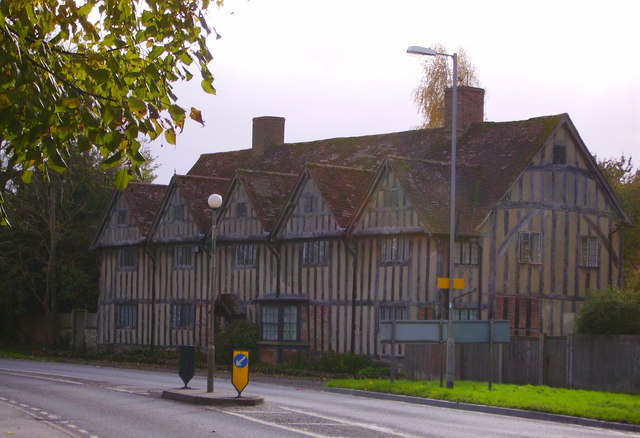This morning we set off with Nb. Isander so that we could share the double locks up to Long Itchington. here June and Rose are striding ahead to set the locks for us. Ecco and Tilly sharing the towpath as good friends.
We passed Nb. Monarch which is registered with C & RT with number 67821 as a powered craft (Lister JP2). F.M.C Josher Steamer Monarch with a metal hull by Fellows Moreton and Clayton 1908. Length 62 feet (18.9m); Beam 6 feet 9 inches (2.07m); Draft 3 feet (0.91m).
Monarch was as a steamer until January 1925 when she was fitted with a Bolinder 15NE. Sold to Ada Gopsall and then on to various others working the Cannock Coal fields where she would have been seen pulling at least 5 joeys behind her. In the late 1950′s Monarch was bought by the Lycett family and used as a pleasure craft.
She was restored in the 1970s to a working boat and fitted with a Gardner 2L2 at the Ellesmere Boat Museum.
The Lock Cottage at the old Roman Road “The Fosse Way”. Soon followed by the Bascote 4 locks the last two of which are a Staircase lock.
The locks are on a section of canal which was originally part of the Warwick and Napton Canal. When authorised by an Act of Parliament in 1794, it was intended to be a 17.8-mile canal from a junction with the Warwick and Birmingham Canal at Warwick to the Grand Junction Canal at Braunston, and was called the Warwick and Braunston Canal. Construction began in 1795, but in August a yeoman from Barford called Charles Handley suggested that £50,000 could be saved if the canal terminated at Napton on the Oxford Canal instead of Braunston. A second act was obtained in 1796, authorising a new route from near Offchurch, where the canal crossed the Fosse Way Roman road, and the company became the Warwick and Napton Canal company. Bascote Locks are on this revised route, and would not have been built had the original route been followed.
The Grand Junction Canal were building their route from London to Braunston as a broad canal, and tried to persuade the Warwick and Napton Canal to do the same, but they were convinced that most traffic would come from the Birmingham system and so built the locks suitable for 7-foot boats. The canal opened on 19 March 1800, and the Grand Junction opened to Braunston later that year. The Warwick and Napton Canal and the Birmingham and Warwick Canal both faced stiff competition from the railways, and declared themselves bankrupt in the early 1850s. The companies were reconstituted by the receiver, and continued to trade. From 1917, they were managed jointly, and on 1 January 1929, were sold to the Regent's Canal, and with the Grand Junction Canal, became part of the Grand Union Canal. In order to effectively compete, the new company wanted to upgrade the canals so that wide barges could be used between London and Birmingham. Their aim was to accommodate barges 12.5 feet wide immediately, and ultimately to make the route suitable for 14-foot barges. 52 locks on the two Warwick canals were converted into weirs, and 51 new locks, each 83.5 by 15 feet were built. There was one less because the flight of six at Knowle was replaced by five. In order to give a depth of 5.5 feet, the height of weirs were raised or lock sills were lowered. As part of the work, the top two locks at Bascote were made into a staircase pair.
Just after lunch our Guide Dogs Supervisors, Mark and Rachel, called in to see how Ecco was doing and gave her the all clear so now we feel much happier.
Ecco and I went a walk up into the village in the afternoon. Long Itchington is mostly made up of 20th century developments, but includes several historic buildings, including the half-timbered "Tudor House" on the main road. Queen Elizabeth I is said to have stayed there in 1572 and 1575. The old "Manor House" in the Square dates from the 15th century. It is also the home of Colecraft Narrow Boats.

Rose and Andy came in for a glass of wine and a chat in the evening.



No comments:
Post a Comment